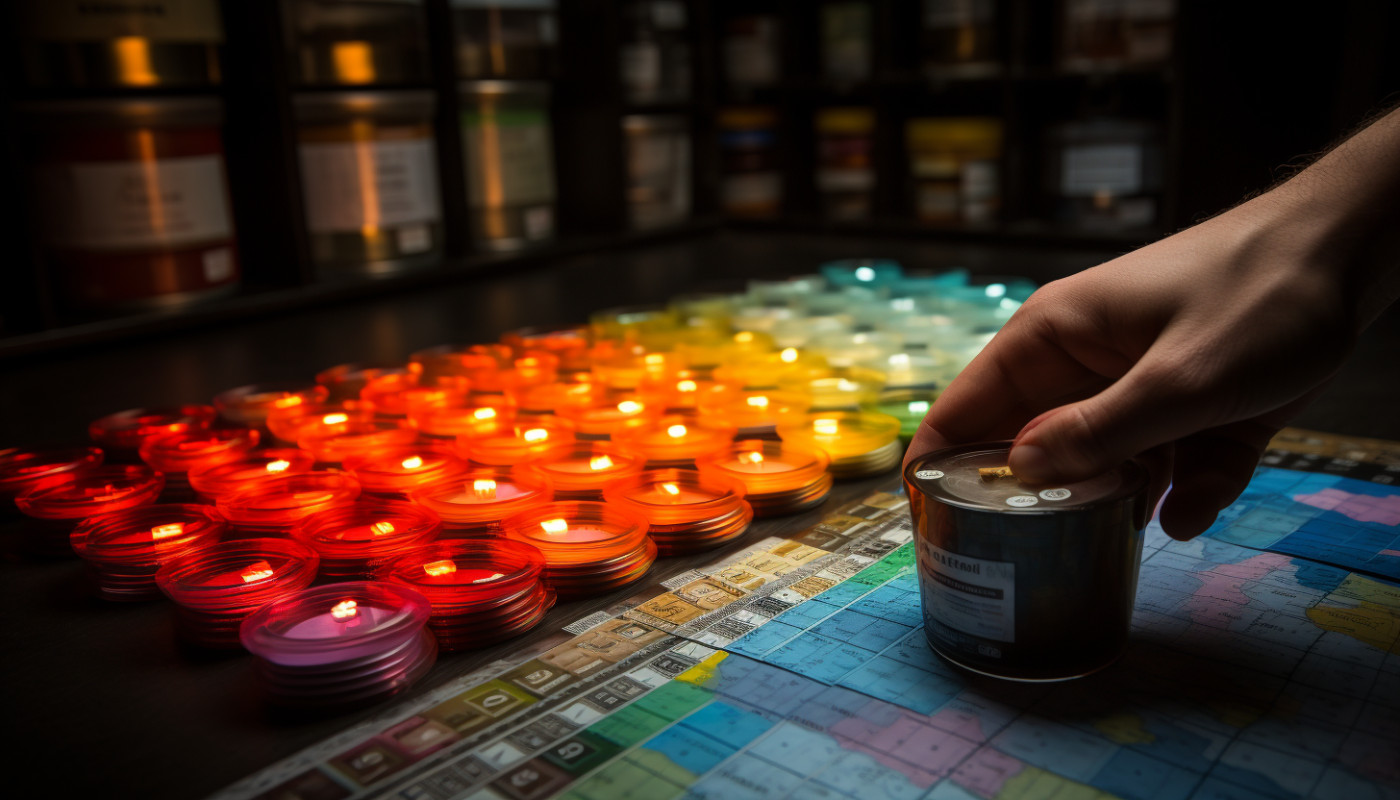Table of contents
Every time you purchase a lottery ticket, besides hoping for that jackpot win, have you ever wondered about the math behind it? What are your actual odds of winning and how are these probabilities calculated? Would understanding this make any difference in your decision to play or not? This article beckons us into the intriguing world of probability and mathematics hidden within each scratch-off card or numbered ticket. Discover how simple as well as complex mathematical models determine who wins and who loses. So buckle up and get ready to dive deep into an ocean where numbers rule.
The basics of probability theory
Probability theory is a branch of mathematics that explores the occurrence and predictability of events. It is a fundamental concept that forms the bedrock of statistical analysis. The significance of probability theory lies in its ability to quantify the chance of an occurrence, thereby providing a clear perspective of risks and opportunities in different situations, such as the lottery.
Probability theory is deeply interwoven into the fabric of outcomes determination, an evident example being how lottery probabilities are calculated. Every lottery draw is typically an independent event, which means that the outcome of one draw has no bearing on the results of another. Probability theory enables the calculation of the likelihood of a specific outcome in these independent events, offering insights into the patterns and trends that might otherwise seem random.
Understanding the basic tenets of probability theory is thus critical to comprehend the mathematics behind your lottery ticket. It empowers individuals to make informed choices and decisions, especially in scenarios where the outcomes hinge on chance and statistical probability.
Understanding Combinations & Permutations
In the realm of probability and statistics, Combinations & Permutations stand as vital components, especially when it comes to calculating lottery odds. The permutation is a concept that refers to the arrangement of objects or numbers in a specific order or sequence. If you've ever wondered how many different ways you can arrange the numbers on your lottery ticket, you're essentially questioning permutations. A lottery game, for example, where you have to predict the six numbers drawn in no particular order out of a possible 49, is a problem of combinations. The combination, on the other hand, deals with the selection of objects without considering the arrangement. In the case of lottery games, it's crucial to understand that choosing five numbers out of 50 possibles is a combination problem. The calculation of these plays a substantial role in determining the odds of winning a lottery.
Let's illustrate these concepts with a tangible example. Consider a smaller lottery game where you have to correctly predict 3 numbers from a pool of 5. The permutations of this game would be calculated using the factorial notation, symbolized by an exclamation mark (!), thus, 5!/(5-3)! = 60. This means there are 60 different ways to arrange these three numbers. However, if we calculate the combinations, the order of numbers doesn't matter, and the calculation changes to 5!/[3!(5-3)!] = 10. This significantly lessens the possible outcomes, hence impacting the odds of winning.
Therefore, a solid understanding of Combinations & Permutations is indispensable for anyone looking to delve deeper into the probability aspect of lottery games and accurately calculating lottery odds.
Odds calculation in different types of lotteries
The math behind your lottery ticket can be fascinating and enlightening, particularly when you start to understand the odds calculations involved in different types of lotteries. Often, these odds are governed by the Law of Large Numbers, an intriguing principle in probability theory.
Consider, for instance, the distinction between lottos and raffles. A lotto typically involves the random drawing of numbers from a large pool, with players selecting their own set of numbers. The odds of winning are calculated based on the number of possible combinations. This is where the Law of Large Numbers comes into play - the more you play, the closer your average results will get to the expected result.
On the other hand, a raffle involves buying a ticket with a preassigned number. The odds here are largely determined by the number of tickets sold, making it a different ball game from lottos. The calculation process is entirely different, focusing instead on the total number of tickets in circulation.
Understanding these differences, and how they influence odds calculations, is pivotal to grasping the mechanics of lotteries. Whether it's a lotto or a raffle, the underlying numerical principles can shed light on your true chances of winning.
On the same subject

Exploring The Highest Paying Scratch Cards: A Player's Guide

Exploring The Benefits And Strategies Of Online Scratch Card Games

A Comparative Analysis Of Traditional And Online Lotteries

Exploring The Benefits Of Traditional Crafts For Modern Home Decor

